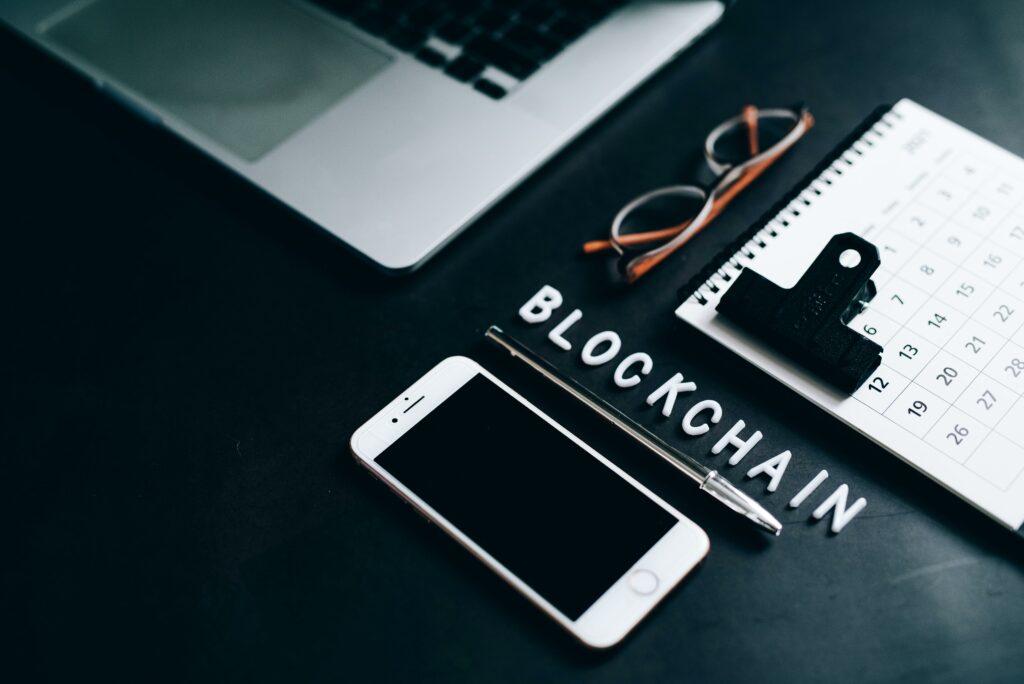The Blockchain DPIA Template: Ensuring GDPR Compliance in a Decentralized World
Blockchain is transforming industries by enabling transparency, trust, and decentralization. However, when it comes to handling personal data, blockchain presents significant challenges. The GDPR places strict requirements on data processing, many of which are difficult to reconcile with blockchain’s core characteristics. The European Data Protection Board (EDPB) recently issued draft guidance (Guidelines 02/2025 on processing of personal data through blockchain technologies, for public consultation) where they suggested that when personal data is processed on a blockchain a Data Protection Impact Assessment (DPIA) has to be carried out, and with a low threshold for data being ‘personal’, even transactions would be personal data in many cases.
We created a comprehensive Blockchain DPIA Template that helps organisations meet these requirements by providing a structure and toolkit to assess, document, and manage privacy risks in blockchain systems.

Why Blockchain Needs a Data Protection Impact Assessment
A Data Protection Impact Assessment, or DPIA, is a crucial process mandated by the GDPR for processing activities that pose a high risk to the rights and freedoms of individuals, or are on specific blacklist. It helps organizations identify and minimize the data protection risks of a project. For emerging technologies like blockchain, which often involve novel data processing methods, conducting a thorough DPIA is not just a legal requirement but a fundamental step towards responsible innovation. This article introduces our new blockchain specific DPIA template, designed to help navigate the complexities of GDPR compliance in decentralized environments.
The challenge of the GDPR in decentralized systems

Blockchain technology introduces features that directly affect privacy and data protection. The GDPR requires organisations to uphold data subject rights, such as the right to erasure, the right to rectification, and the right to access. These rights can be difficult to enforce on an immutable and distributed ledger.
In a typical blockchain network, data is stored across many nodes, sometimes in different legal jurisdictions. This raises questions about international data transfers and how organisations can maintain control over the information they process.
Blockchain’s inherent characteristics present unique challenges for GDPR compliance. Its immutability, for instance, clashes with the fundamental right to erasure. The global distribution of blockchain nodes also complicates data transfers and jurisdictional oversight.
Risks of non-compliance
If an organisation fails to adequately assess and mitigate data protection risks, it may face regulatory action, reputational harm, or loss of user trust. A blockchain DPIA is a critical step to show accountability and demonstrate compliance with the GDPR.
Failing to comply with the GDPR can result in significant fines and severe reputational damage. For blockchain projects, where trust and transparency are paramount, avoiding such risks is critical for long term success.
About the Blockchain DPIA Template
Who is it for?
The blockchain DPIA template is designed for privacy professionals, compliance officers, legal teams, blockchain developers, and project leads. It provides a structured way to assess the data protection implications of blockchain-based processing.
This template is an invaluable resource for privacy professionals, blockchain developers, and data protection officers, or DPOs, who are grappling with GDPR compliance in the blockchain space.

What does it include?
The template guides users through all required areas of a DPIA under the GDPR:
- Description of the processing operations
- Legal basis and necessity assessment
- Identification of risks
- Safeguards and technical measures
- Data subject rights and governance structures
It focuses on blockchain-specific concerns such as data immutability, public ledger transparency, pseudonymisation, and decentralised accountability.
The template provides a comprehensive framework covering various aspects of a blockchain project. It systematically addresses processing operations, establishes the appropriate legal basis, facilitates thorough risk assessment, and outlines necessary safeguards to uphold data subject rights.
Alignment with GDPR Article 35 and privacy by design principles
Our template is meticulously aligned with Article 35 of the GDPR, which mandates DPIAs for high risk processing. It also strongly promotes privacy by design principles, encouraging privacy considerations from the very initial stages of development.
Key Features and Structure of the Template
Comprehensive processing description
The template helps users map how personal data flows through blockchain systems. This includes both on-chain and off-chain components, data categories, infrastructure models, and participating entities. The template offers a structured approach to mapping how personal data flows and is processed within blockchain environments, a critical first step in any DPIA.
Risk identification tailored to blockchain
The template includes a detailed risk taxonomy specifically designed for blockchain environments. It highlights risks such as:
- Immutability preventing data deletion
- Broad visibility of data on public chains
- International data transfers to unknown jurisdictions
- Difficulties in exercising data subject rights
It specifically addresses the unique risks posed by blockchain technology, including issues related to immutability, transparency, and decentralized governance.
Measures to reduce risk and demonstrate compliance
The template includes practical tools and suggestions for implementing effective risk mitigation strategies and technical safeguards, such as encryption, pseudonymization, and the appropriate use of off chain storage solutions. These are aligned with the GDPR principles of data protection by design and by default.
Benefits of Using This Template

Saves time and ensures completeness
The blockchain DPIA template includes ready-to-use sections, prompts, and examples. It reduces the risk of overlooking key aspects of the GDPR and ensures all critical issues are addressed. Using a pre designed template significantly saves time and helps ensure that no critical aspect of your DPIA is overlooked.
Builds trust with regulators and stakeholders
A well-documented DPIA shows that your organisation takes data protection seriously. It provides a clear record of decisions, risk mitigation strategies, and safeguards, which can be shared with regulators or partners. Demonstrating a commitment to data protection through a thorough DPIA builds trust with regulators and enhances user confidence in your blockchain project.
Supports privacy-respecting innovation
The template helps teams think about data protection from the start. It supports innovation that respects individual rights and meets the expectations of users and regulators alike. Ultimately, this template supports and promotes responsible innovation, allowing blockchain projects to thrive while respecting individual privacy rights.
How to Use the Template Effectively
- Integrating it early in the blockchain development lifecycle.
- A collaborative approach involving legal, technical, and compliance teams is essential for a holistic and accurate DPIA.
- Periodic reviews and updates as the project evolves.
The TechGDPR Blockchain DPIA Template
Our blockchain DPIA template provides a practical solution for navigating these complexities. It helps ensure that blockchain projects are built with privacy and accountability in mind. DPIAs are not merely a bureaucratic hurdle; they are an indispensable tool for ensuring that blockchain technology develops in a privacy respecting manner. By proactively identifying and mitigating data protection risks, we can foster a future where decentralized systems empower individuals while upholding their fundamental rights.
Our Blockchain DPIA Template is available for free and can below.